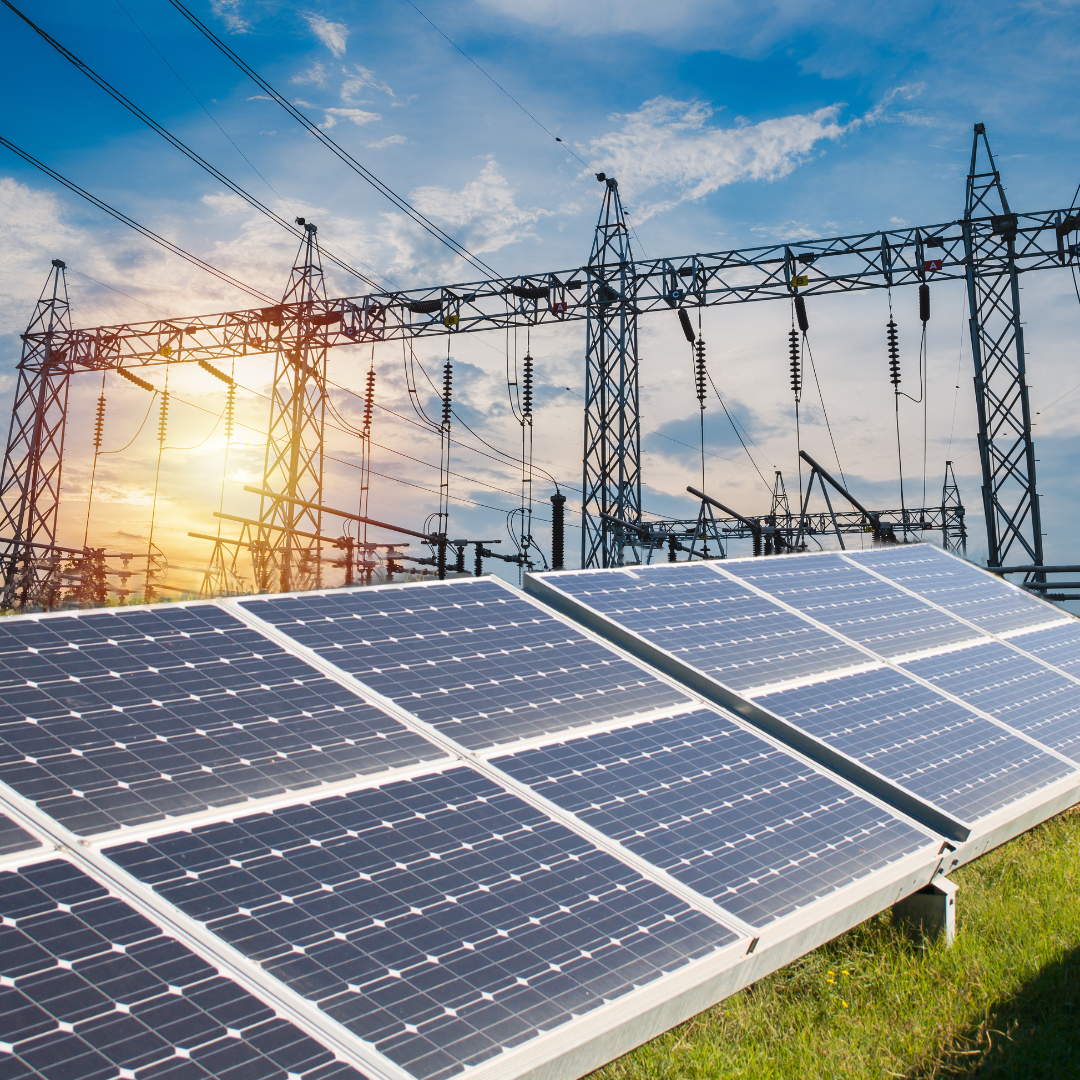Despite pressure from Maryland legislative leaders and advocates, PJM fails to connect clean energy to bring prices down
BALTIMORE, MD – PJM, the electricity grid operator responsible for keeping the lights on in 13 Mid-Atlantic and Midwestern states plus the District of Columbia, shared the results of its most recent capacity auction yesterday: there is no good news for ratepayers. As a result of this auction, the total price of electricity has reached $16.4 billion. The prices that customers in PJM’s region will start paying in June 2026 are nearly $14 billion higher than the $2.2 billion paid in 2024. And that increase would have been even greater if not for the temporary price cap that was negotiated by Pennsylvania Governor Josh Shapiro, in conjunction with Maryland Governor Wes Moore and other governors. Without this cap, the price of the capacity auction would have been 59% higher. Future auctions will not have this protection in place, underscoring the urgent need for PJM to adopt longer-term reforms that safeguard ratepayers.
If PJM integrates clean energy projects into its grid more quickly, that could lower capacity prices and enhance grid reliability. Compared to other grid managers, PJM has one of the longest timelines in the country for connecting new clean energy projects.
PJM and the large energy generators and utility companies that dominate its board must be held accountable for the price spikes they have caused. PJM makes decisions that are to blame for rising costs and increasing the risk of blackouts, e.g., not requiring data centers to provide their own power or agree to be shut off in the event of low energy supply, as many advocates and elected officials have urged. PJM has also failed to protect ratepayers from having to shoulder additional capacity costs created by new data center demand — a cost which could reach $100 billion by 2032.
Governor Moore, multiple state agencies, and members of the Maryland General Assembly have pushed back on PJM for flaws in its rate-setting process and chronic failure to connect clean energy projects to the grid. Most recently, Gov. Moore joined a bipartisan group of Governors calling on PJM to make policy changes to mitigate skyrocketing electric supply rates.
In a functioning capacity market, prices rise in response to low energy supply, incentivizing the development of new power sources to meet demand. However, PJM hasn’t lacked new energy projects interested in connecting to the grid. As of April 2024, PJM had 286.7 gigawatts (GW) of backlogged proposed energy projects waiting for PJM’s approval to be connected to the grid – enough to power roughly 228 million homes for a year. More than 90% of these projects are clean energy like wind, solar, and battery storage, fueling criticism that PJM is standing in the way of new clean energy and driving up profits for legacy power generators. A recent analysis found that if PJM increased the speed at which it allows new projects to connect to the grid, it would save individual households at least $500 a year.
Instead of fixing its broken interconnection process, PJM is considering creating a fast-track that would favor large thermal generators like gas plants and allow them to bypass the line. PJM acknowledges that this expedited track may cause further delays in processing the thousands of cheaper and quicker to build wind, solar, and storage projects waiting in the queue.
While PJM’s slow processes have limited Maryland’s ability to build new energy projects, Maryland lawmakers took action in 2025 to speed up the deployment of batteries and solar power in the state.
Increases in electric supply rates have exacerbated rate pain for Marylanders who have already been struggling with the high utility delivery charges. Subsidiaries of the Exelon Company, including BGE, PEPCO, and Delmarva Power, increased delivery rates for gas and electricity at a rate far outpacing inflation. During the 2025 legislative session, the Maryland General Assembly made several changes to utility ratemaking policies, which are expected to slow the rate of increase when implemented by the Maryland Public Service Commission.
In response to the auction results, advocates made the following statements:
“This capacity market auction is another example that PJM’s failure to connect clean energy to the grid is driving up our energy bills,” said Brittany Baker, Maryland Director of Chesapeake Climate Action Network. Ratepayers are footing the bill for PJM’s outdated policies and slow-moving practices. This massive wealth transfer is breaking the backs of Marylanders.”
“Marylanders will face another year of outrageous electricity bills because PJM has not taken the necessary steps to allow the clean energy projects in the queue to supply the clean, reliable energy we need to meet rising demand,” said Maryland PIRG Foundation Senior Advisor Emily Scarr. “PJM needs to reform its broken interconnection process and ensure that the decisions it makes align with the interests of the public, not utility and incumbent power generator interests. Marylanders, and all consumers in the PJM region, deserve a grid that is reliable, functional, and that doesn’t put its thumb on the scale for dirty power.”
“PJM is trying the same thing over and over, and they keep getting the same result: higher energy prices for all of us,” said State Delegate Lorig Charkoudian. “It’s past time for PJM to try something new and implement reforms that will lower our energy bills by allowing more clean energy to connect to the grid.”
“These are difficult times for Maryland families, and many report they can barely make ends meet with increases in rent, food prices, and other living expenses. Adding higher electric bills will push some families into homelessness or bankruptcy,” said Laurie Welch with Third Act.
###







